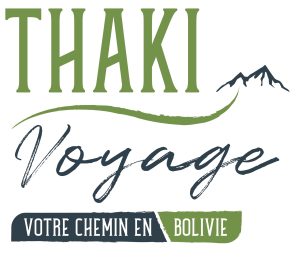Ready to travel to Bolivia? It seems to be said for every country… But traveling to Bolivia promises a really unique experience… for the ones who feel ready to explore !
A country less visited than its Peruvian neighbor. Some will say more authentic.
A country with a wide variety of landscapes: from the snowy peaks of the Andean Cordillera, to the confines of the Amazon, through the Salar of Uyuni and Lake Titicaca, which no longer need to be introduced.
This article will deal with the issues of sustainable tourism in Bolivia. Then, it will propose you ideas of trips according to your needs.
Bienvenidos a Bolivia !
This article has been written with Anne Bialek and Mallaury Daniel, our partners from Thaki Voyage, a travel agency based in La Paz.

Sustainable tourism seeks a balance, however difficult, between the social, economic and environmental pillars of host destinations. A trip to Bolivia has a high carbon footprint. The objective is then, that once there, the trip aims to have the most positive impact possible, taking into account the challenges of the country.
Bolivia is often mentioned as “the poorest country in South America”. A country with deep social inequalities. A country where ethnic origin often determines social class (although this is less and less the case).
Before the pandemic, tourism was one of the most dynamic economic sectors of the country (a growth of 4.6% from 2010 to 2020).
The stakes of sustainable tourism are therefore high in Bolivia. For Thaki Voyage, this translates into a strong involvement of local communities, a lot of awareness and the achievement of projects to improve the living conditions of communities.
Community-based tourism in Bolivia
A definition of community-based tourism
“Community-based tourism exists when the tourism activity contributes to “the empowerment of local communities through their participation in both decision-making and the development process; they are no longer considered passive actors in tourism. This allows them to help determine their own development by feeding off their practices and imagination.” (Zamira M. RAKHMATOVA, 2015).
In Bolivia, community-based tourism helps to value the way of life of indigenous communities, while accompanying them in their development. We must always ask the following question: does my money benefit the local population? In reality, not always… This is the challenge of community-based tourism.
The other challenge is the fight against the folklorization of the host culture. In some so-called “community-based tourism” activities, culture is staged to fit our fantasized tourist imaginations. Where is the authenticity? The line between empowerment and folklorization is often very fine.
To go further, we can read in a very interesting article from Voyageons Autrement, that “some unscrupulous external organizations […] are not interested in developing tourism that helps the local population, but rather in the financial profit they will be able to make.”
Do the locals really benefit from tourism? How to detect these abuses?

A community-based tourism that is not “green-washing” is a tourism that is transparent about the actions taken and their results
The result of the community stays organized by Thaki Voyage in different communities (Tuni, Kallawayas, Quehuaya, Tomarapi…) and of their actions with local associations (Qala Uta, Refuge Santos…), is the achievement of development projects, all presented on their website.
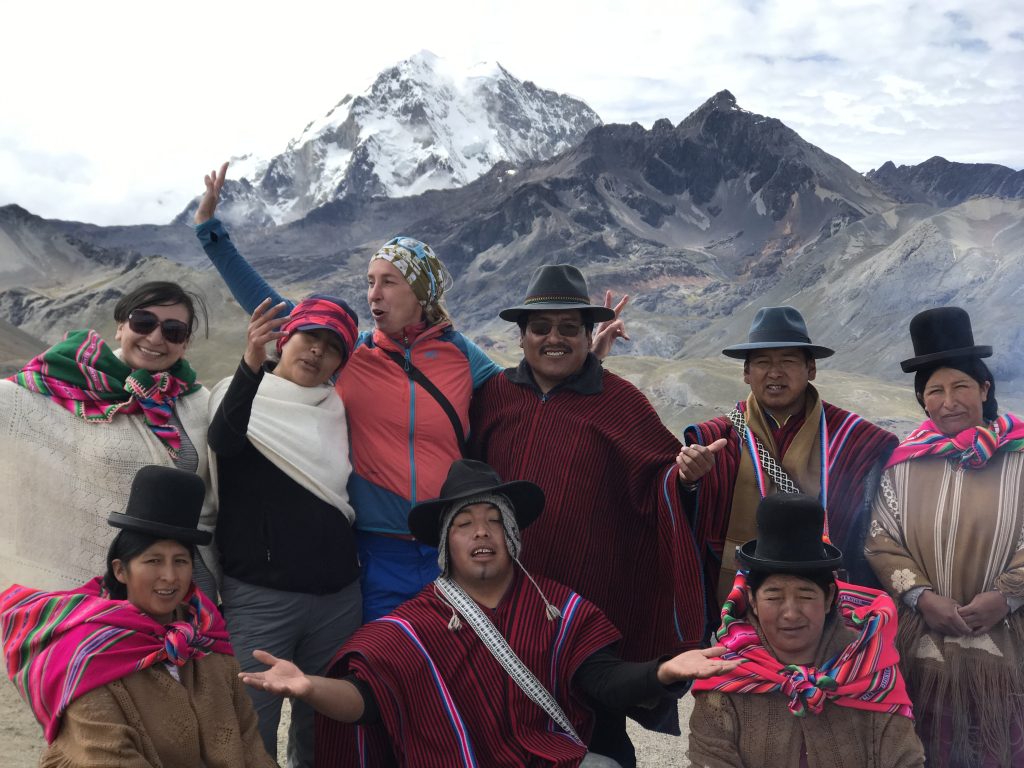
Cordillère Royale
The royalties from Cordillera Royale a travel guide (2015), co-written by Anne Bialek and Patrick Espel, were donated to finance a project to raise awareness about environmental protection among children in the Cordillera Real. A project that makes sense in a country where waste management is one of the main environmental challenges.
Toy library La Casita
A fundraising campaign has allowed the renovation of the toilets of the toy library La Casita in the suburbs of La Paz. Today, there are only 3 toy libraries in the whole country.
Hydraulic project
In collaboration with the NGO Hydraulique Sans Frontières, Thaki Voyage has contributed to bring drinking water to the communities of Illimani where several villages are still deprived of drinking water.
The women of Bolivia
They are dancers, seamstresses, farmers… They continue to exercise the know-how of their ancestors and to make the country live. Moreover in Bolivia, more than 75% of the population employed in tourism are women (but in less important positions than men…).
Thaki is committed to helping you discover the courage and energy of Bolivian women through “woman power” trips.
Do you know the Cholitas ?
The Cholita is this Bolivian woman with a bowler hat and long petticoats, recognizable among all. In the city where she immigrated in the middle of the last century, she has been mocked and discriminated for many years. Independent women, those who once hid their cultural identity are now emerging from the shadows and claiming their indianness.
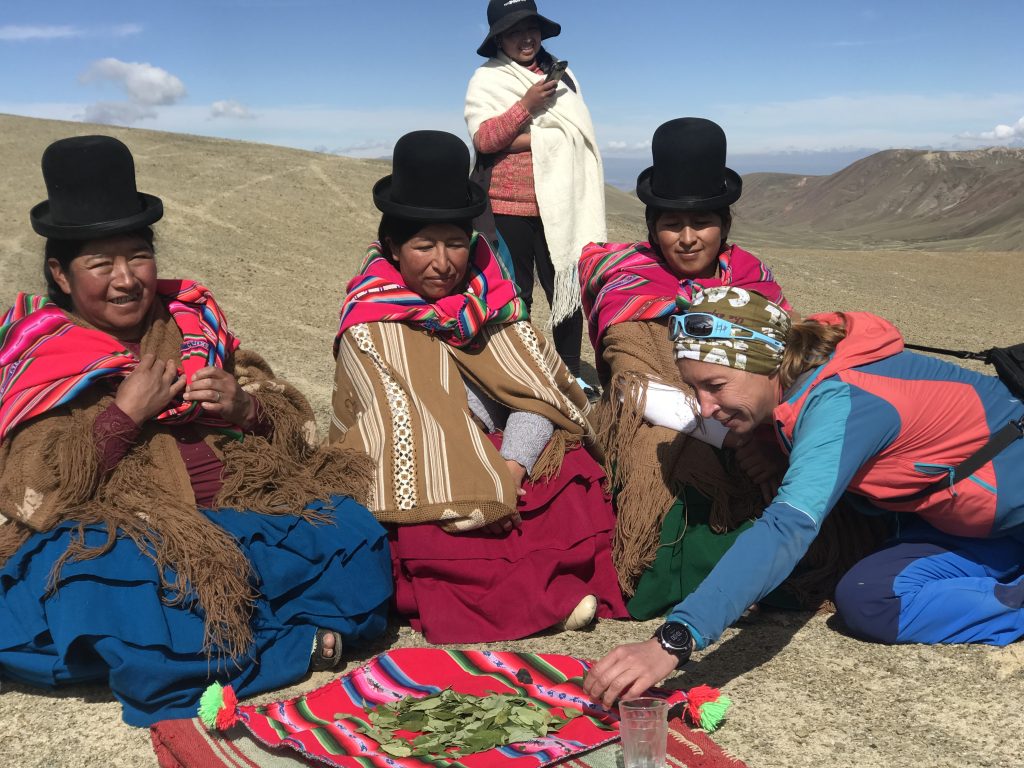
As you have understood, Bolivia is a country of peoples. People with ancestral cultures, that we meet with respect and an open mind. But, as you know, Bolivia is also a country of great landscapes, mountains, lagoons and forests… A country that can be visited in 1000 different ways.
So to continue the adventure, we asked the Thaki Voyage team for advice! Whether you are looking for thrills, cultural discoveries or authentic encounters, the rest of this article should help you find the Bolivia that suits you.

Bolivia as you like it
Before leaving for Bolivia, you must be well aware of the country where you will land! Between the altitude and the bad condition of the roads, Bolivia requires a serious preparation.
The experienced mountaineer

I am the first woman to have climbed all the “6000” in Bolivia! I know all the cordilleras of Bolivia, every corner of every cordillera, every summit!
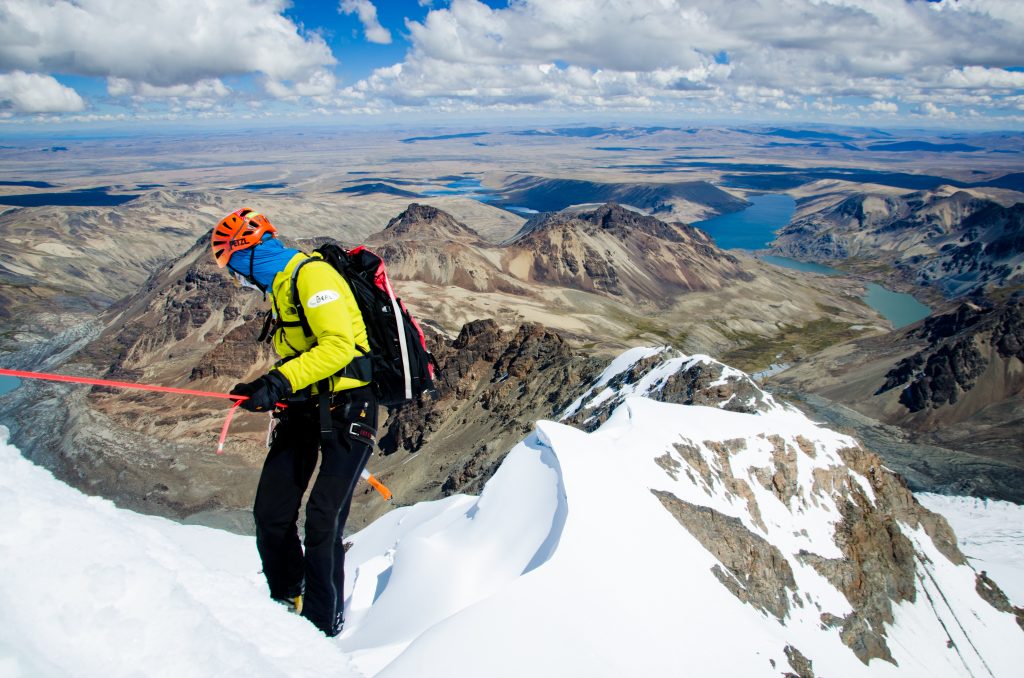
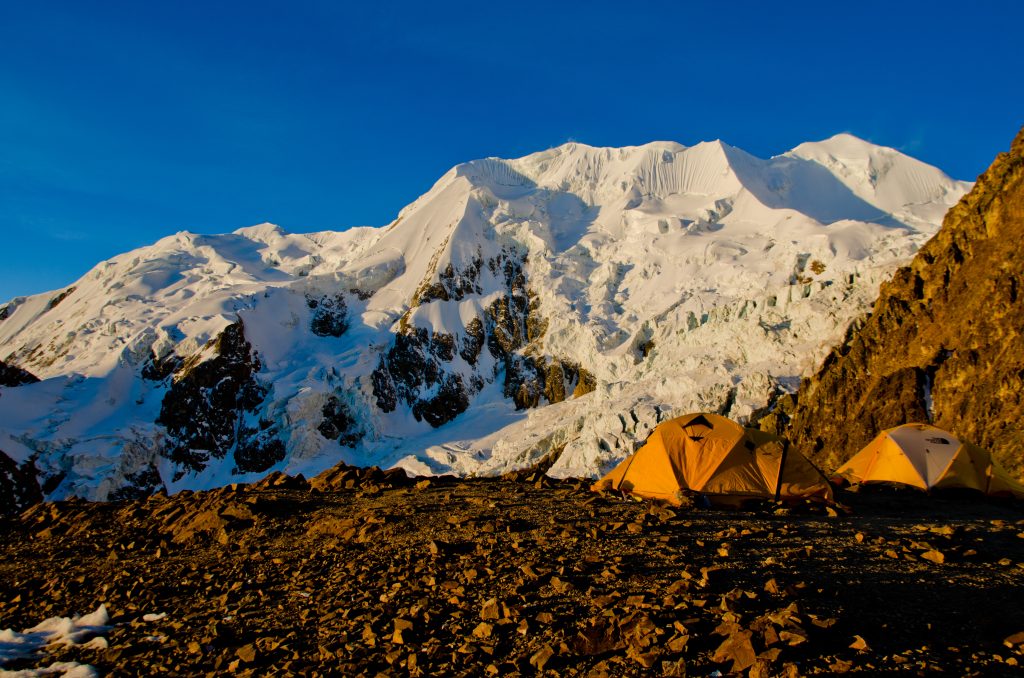
Anne Bialek is a recognized Andean climber and has opened several routes in Bolivia. For years, the local Thaki team has been putting all its passion and expertise to accompany travelers on magnificent Andean ascents and treks, always with respect for the mountains.
Venerated for thousands of years by the indigenous peoples, here more than anywhere else, the discovery of the jagged peaks of the Andean Cordillera has an authentic, almost sacred character.
In order for these expeditions to respect the environment and contribute to local development, it is important to choose Bolivian guides who are UIAGM (International Union of Mountain Guides Associations) certified.

The favorites

- The Illlimani (6439 m.) : The favorite one of Anne Bialek. Dominating La Paz, the Illimani is the protector of the city, the one to whom all eyes turn…
- The Chachacomani (6074 m.) : “A beautiful summit accessible to all, the one I sell the most”
- L’Ancohuma (6427 m. ) : “It’s the most beautiful, the most aesthetic! “

To go further…
In 2013, Anne Bialek and Vincent Kronental co-directed the adventure film “A chacun son Thaki”, which documents an expedition in the Cordillera Apolobamba.
The cyclotourist
Soft mobility par excellence, the bicycle is an excellent way to visit Bolivia while limiting its carbon footprint … for those who are well prepared!
The altitude, the roads conditions, the difference in altitude and the climate will not make it easy for you but if you try the adventure, you will discover the country in a new way.
Thaki Voyage proposes the crossing of the Salar of Uyuni and a circuit around the lake Titicaca. An original way to discover these highly frequented sites far from the crowds.


Bolivia for cultural discoveries and amazing landscapes
Don’t be afraid! You don’t need to be a skilled athlete to enjoy Bolivia. The country’s must-sees are also the richness of its culture and the uniqueness of its landscapes.
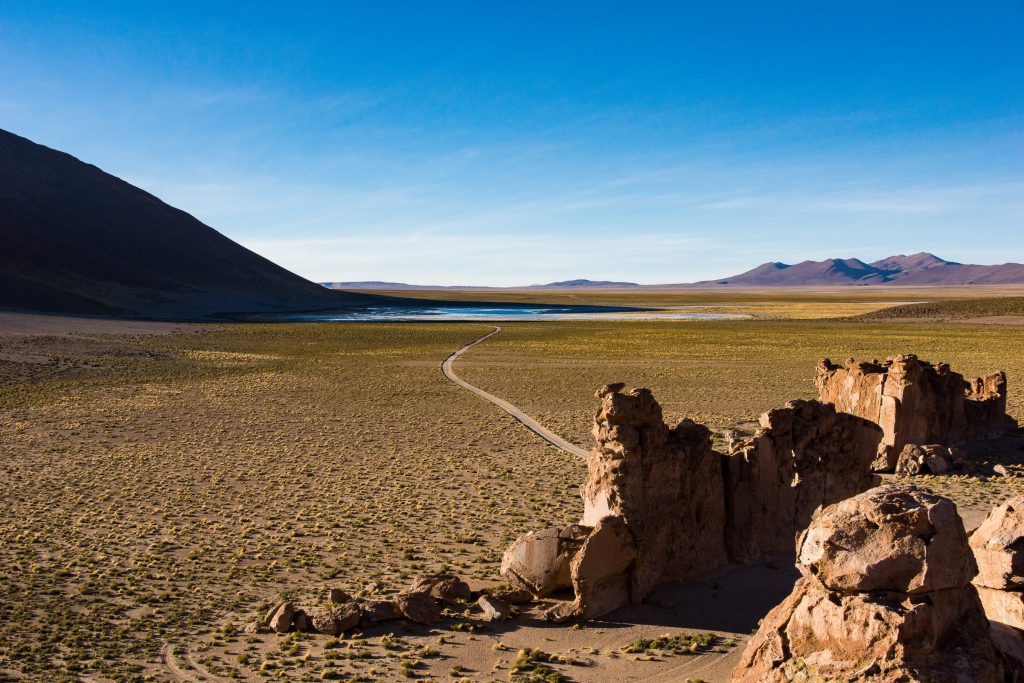
La Paz
Strange capital, La Paz deserves that we spend a few days there.
Just by walking, you can soak up the atmosphere of the city and its markets. To get around, take the cable cars and enjoy a breathtaking view of the city and the surrounding mountains.
Perched at more than 3600 meters above sea level, La Paz is the highest administrative capital in the world! It is the ideal city to start the trip by acclimatizing to the altitude.
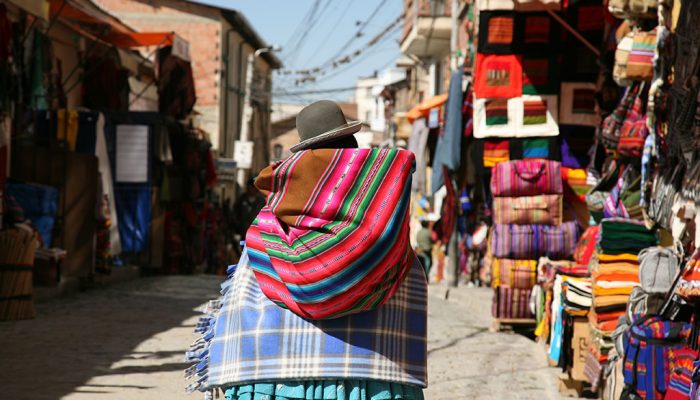
The lagoons
Impossible to visit Bolivia without enjoying the magnificent picture that the lagoons offer!

The favorites

- The Laguna Verde for its beautiful emerald color and the Licancabur volcano in the background.
- The Laguna Wara Warani, a two-colored lagoon, nestled at over 4000 meters.
- The Laguna Arkhata near Irupana. The walk is not very difficult but the lagoon is located at more than 5000 meters!
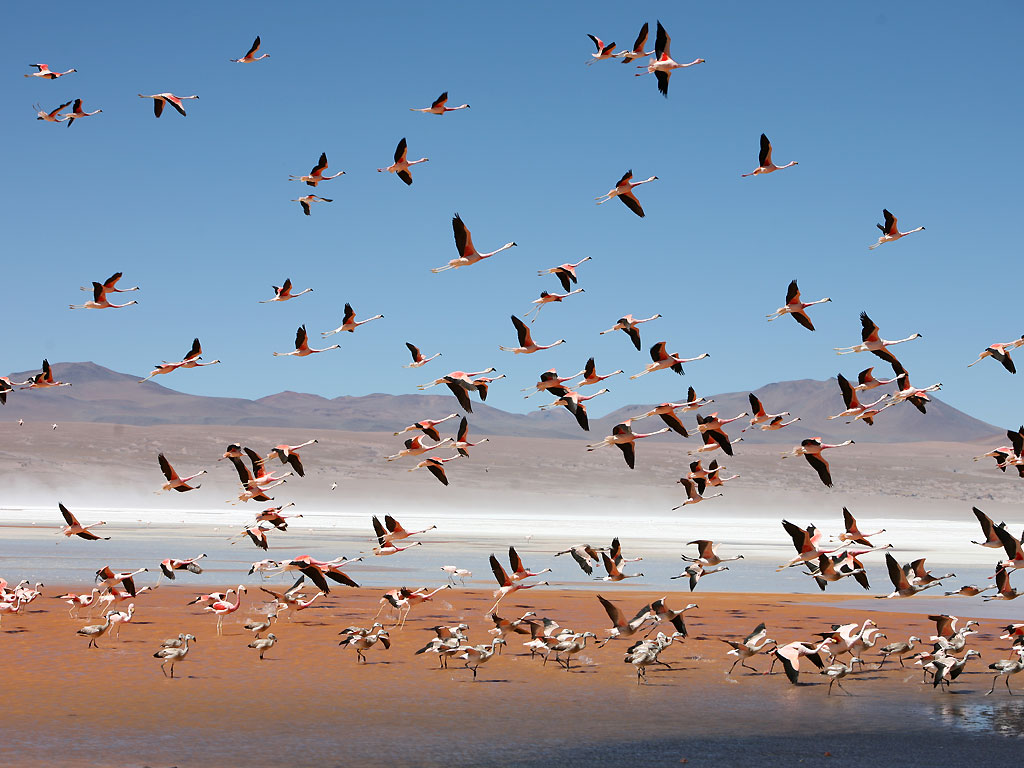
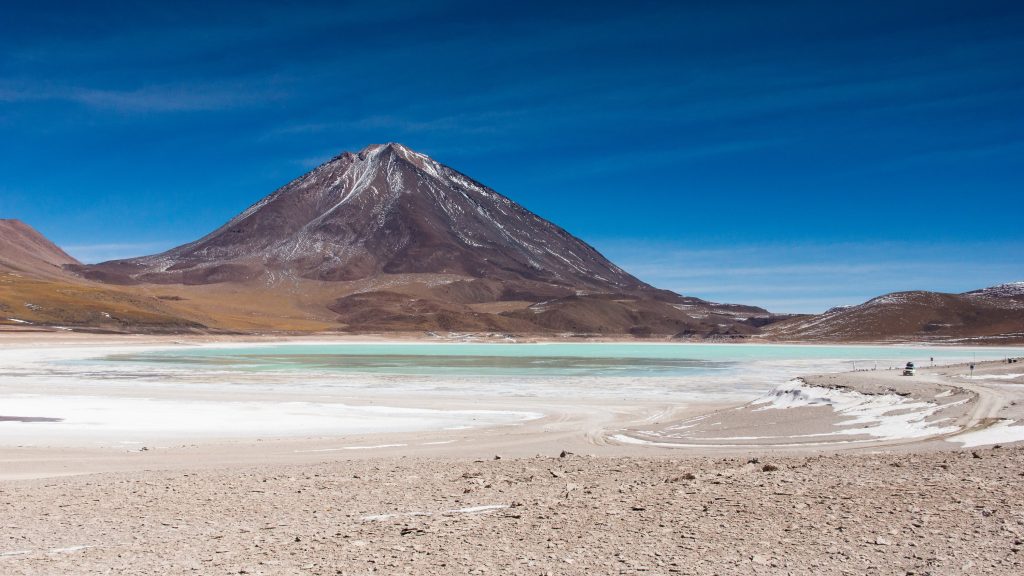
Potosí and the Cerro Rico

In the 16th century, the city was named “Imperial City” and was considered the largest industrial complex in the world for the extraction of silver ore (UNESCO) in the mountain of Cerro Rico. Today, the city is very interesting for its colonial architectural monuments and its museums.
Sucre
Founded by the Spanish settlers in the 16th century, the city that is nicknamed “the white city” is perfect to stroll around and enjoy the beauty of the colonial buildings. At 2000 meters of altitude, Sucre benefits from a mild climate that contrasts with the coolness of the Altiplano!
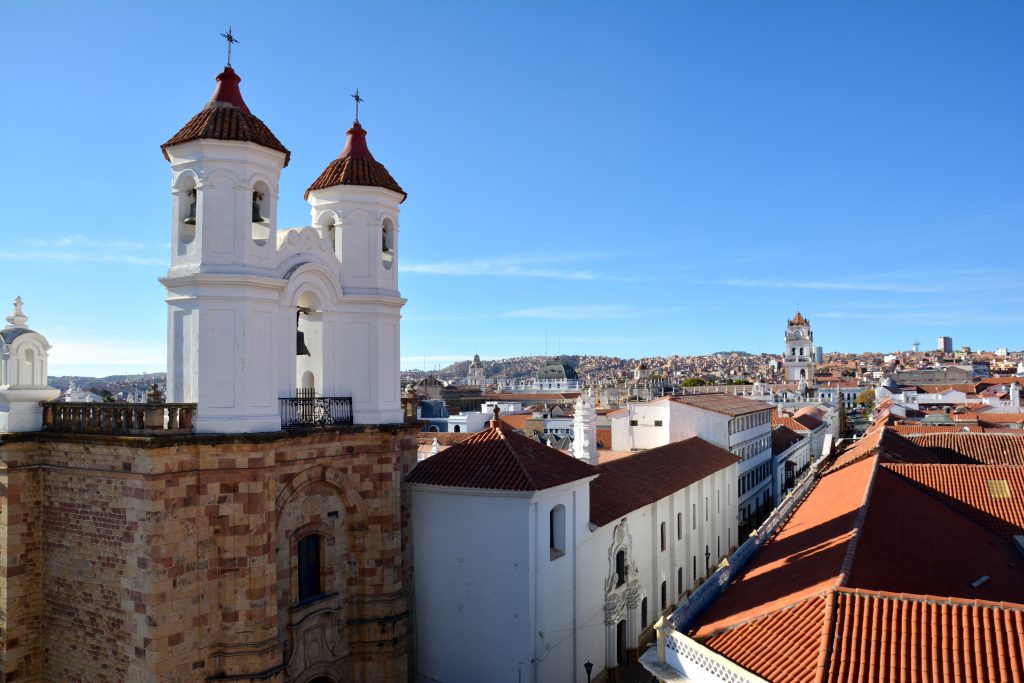
Did you know?
Sucre was the first capital of Bolivia. Today, it is the constitutional capital.
Coroico
Not far from La Paz, the small town of Coroico with its tropical climate is perfect for cultural discovery and rest

We learn how to make coffee, coca, we can even make rafting. We are in altitude, the weather is hot! It’s paradise!
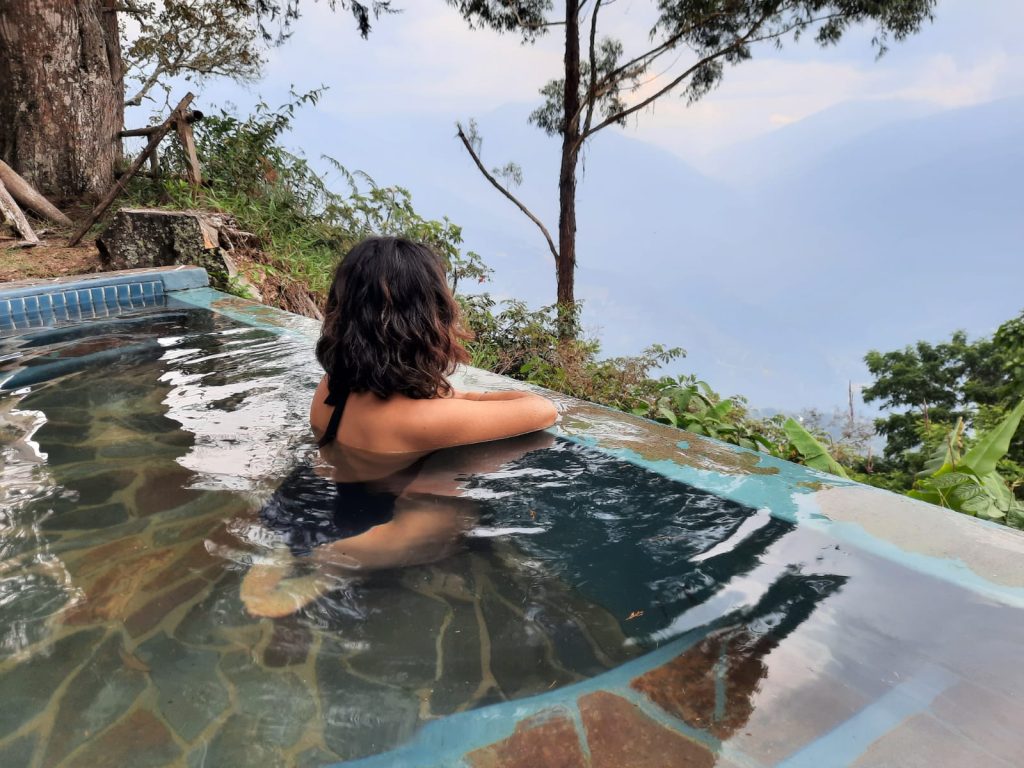
Bolivian gastronomy
We grant you, Bolivia is not the country of the gastronomy. But it would be a shame to miss it! The Thaki team advises us the La Manqa school which trains young people in social difficulty to the Bolivian gastronomy. The school has created several restaurants in La Paz that reinvent traditional dishes into gourmet creations. Among the traditional dishes you will find :
The sajta de pollo, a dish from the region of La Paz that is prepared for the festivities. It is made with chicken, potatoes, tunta (dehydrated potato) and a tomato and onion salad.
The pique macho, pieces of beef with fried potatoes, onions and other accompaniments.
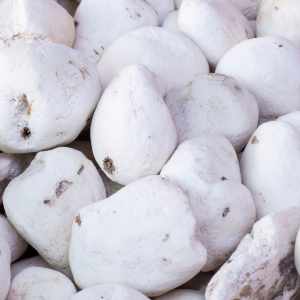
The chuños, kinds of tuntas exposed to the sun and the frost.
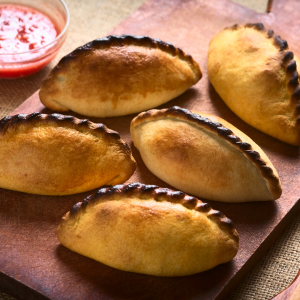
The salteñas, Bolivian empanadas with chicken sauce, which are eaten at 10 am.

An original way to discover Bolivian gastronomy is an immersive online workshop. Flockeo offers a Bolivian cooking class with Eldy. More info
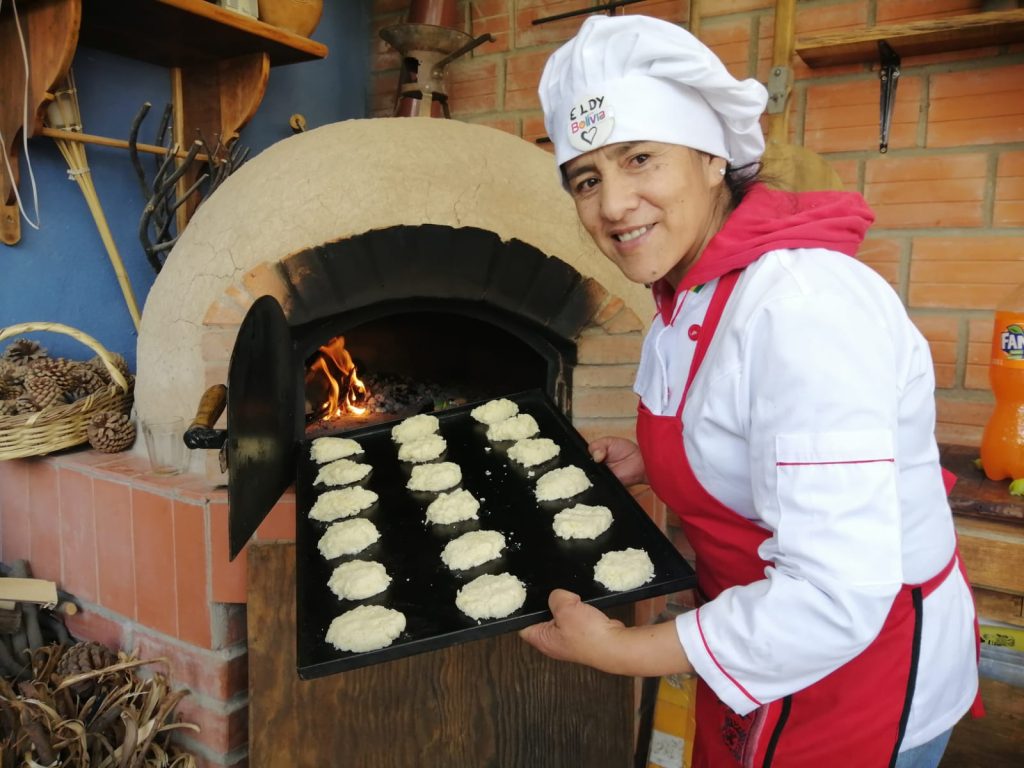
Bolivia at the rhythm of the festivities
The great moments in Bolivia, are the festivities!
Fiesta de Ekeko, or Fiesta de las Alasitas
Every January 24th, the Alasitas festival is the occasion to send your wishes to Ekeko, the Aymara god of abundance and fertility!
This festival is also called “festival of the miniatures” because the idea is to buy miniatures what we would like to have in real, then to make them blessed by the Yatiri, the Aymara priest.

“We buy fake dollars by the bundle! I once bought a little pickup truck, a little suitcase and a little passport! This is to tell that you’re going to travel and make money!”

The Oruro Carnival
The carnival is the biggest cultural event in Bolivia. It is celebrated in honor of the Uru people. To know more about it. More info
Gran poder
For the day of the Holy Trinity, June 4, the rich store owners parade through the streets. “A religious festival tinged with syncretism, which allows rich shopkeepers to show off their wealth with extraordinary outfits and jewelry!”
Año Nuevo Aymara
On June 21, the day of the winter solstice (Bolivia is located in the southern hemisphere), the Aymara New Year takes place. This celebration marks the beginning of winter and the end of the harvest and therefore, the rest of Pachamama (mother earth).
Day of the Dead
Like in Mexico, Bolivian families gather on November 1st at the graves of their deceased to eat, celebrate and exchange with the souls.
Bolivian artworks to understand the culture
Because a sustainable tourism is a tourism that seeks to understand the culture that hosts it, we asked the Thaki team to share with us three works that will allow you to prepare your trip in Bolivian lands.
An artist : Jorge Carrasco, a Bolivian painter and sculptor whose entire soul of Bolivia is transcribed in his colorful works.
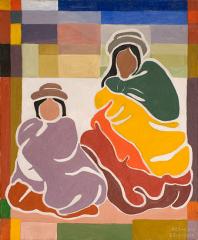
Personnages andins ©️Jorge Carrasco
A movie: Utama, la Terre Oubliée (2021). “A beautiful film about isolated communities.”
A band : “Kjarkas, It is a band that will really allow you to discover the traditional Bolivian music”.

General tips
To finish this article, the Thaki team gives us its practical advice for a trip to Bolivia.
Duration of the trip: 15 days minimum (3 weeks ideally). “The trip takes about 30 hours and it takes several days of SAS in La Paz (3600m) to get used to the altitude. You will understand that it is useless to come for less than 2 weeks”. Moreover, a plane trip to Bolivia has a high carbon footprint. Even if it is impossible to balance the carbon emissions, it is better to stay as long as possible in Bolivia (travel less but travel better…).
Bolivia, a dangerous country? “What is delicate is the political conflicts, it is always a little rock’n roll! Apart from that, Bolivia is the most peaceful country in South America! You don’t go to El Alto in the evening. As everywhere else, you have to be careful with the snatchings! But it’s very “bon enfant.”
How to manage problems related to altitude: “We work with Ifremmont, doctors specialized in problems related to altitude. We offer all our clients SOS Mam services. Our clients can be on the phone 24/7 with a specialist doctor. All our guides and drivers have been trained by Ifremmont doctors. We also have oxygen tanks and oximeters. We even have hyperbaric chambers!”
The final word, a message to share? “Come to Bolivia as long as it remains authentic. Live a human adventure. Real meetings. Real emotions. Over the years, we have made many contacts and opened many ways. We are therefore able to offer community stays that are quite original. Stays off the beaten track, original, which are renewed over the years.

It was so hard during the pandemic, that we need tourism in Bolivia! During 2 years, there was no help from the state. People suffered. It is now that we have to come to help the people in difficulty!

Zoom sur
Founded in 2011 by Anne Bialek and Jérôme Benassi, Thaki Voyage is a human-sized agency that offers private and tailor-made tours. Their specificities? Field and high mountain expertise, exploration-innovation and community-based tourism.
For Thaki Voyage, tourism favors a socio-economic development by ensuring a fair remuneration and decent living conditions for the inhabitants. In a nutshell, Thaki takes you to discover Bolivia through the prism of its inhabitants and authentic moments of sharing with the communities, in the respect of their cultures and nature.
Bibliography
Centre de recherches pour le développement international, «Le tourisme comme moteur d’un développement inclusif et durable en Bolivie», https://www.idrc.ca/fr/projet/le-tourisme-comme-moteur-dun-developpement-inclusif-et-durable-en-bolivie
Direction Générale du Trésor (2023), « Bolivie, Situation économique et financière», https://www.tresor.economie.gouv.fr/Pays/BO/conjoncture-economique
RAKHMATOVA Zamira M. (2015), «Tourisme et autonomisation des communautés locales : le cas de la région du Pamir tadjik.», Teoros (vol. 34), numéro 1-2. https://doi.org/10.7202/1038825ar
THIELIN Florie (2019), «Qu’est-ce que le tourisme communautaire ?.», Voyageons Autrement, https://www.voyageons-autrement.com/tourisme-communautaire-solidaire-equitable-durable
UNESCO, «Ville de Potosí»,https://whc.unesco.org/fr/list/420/
